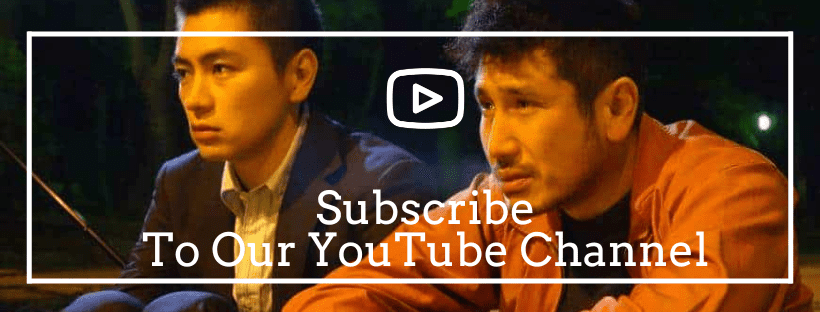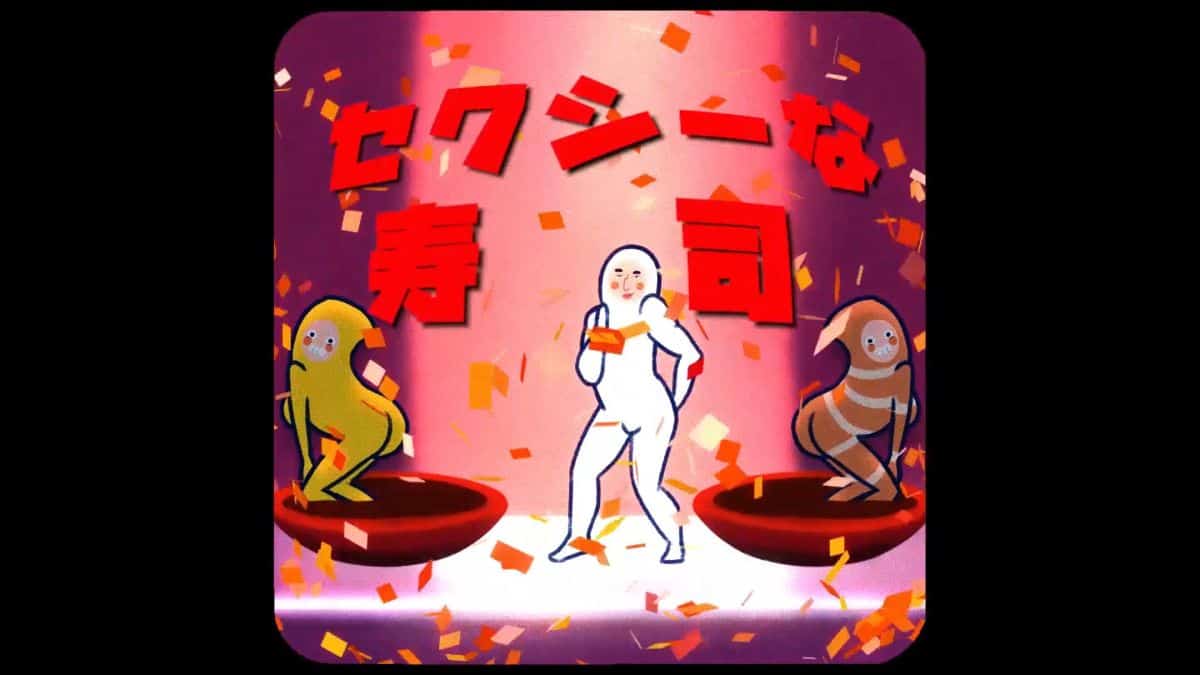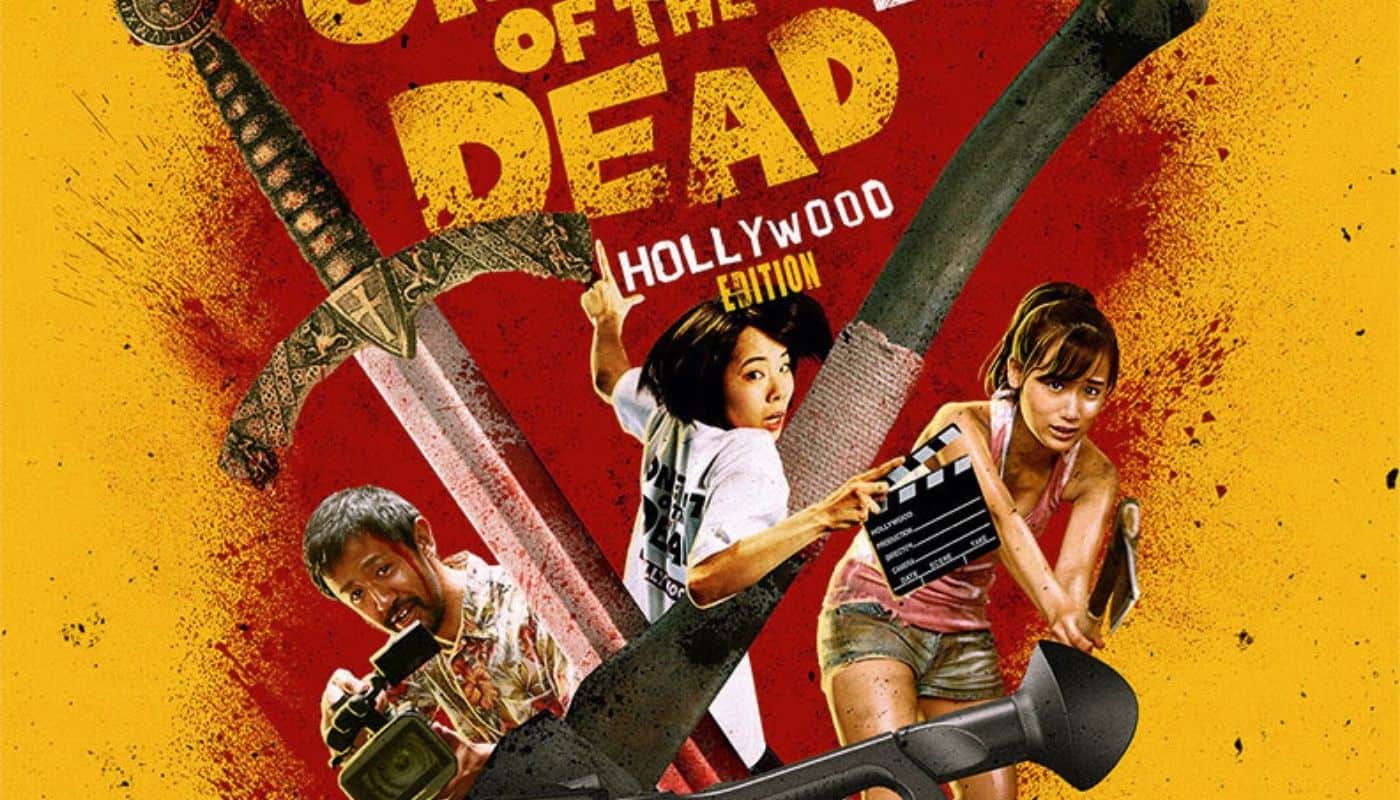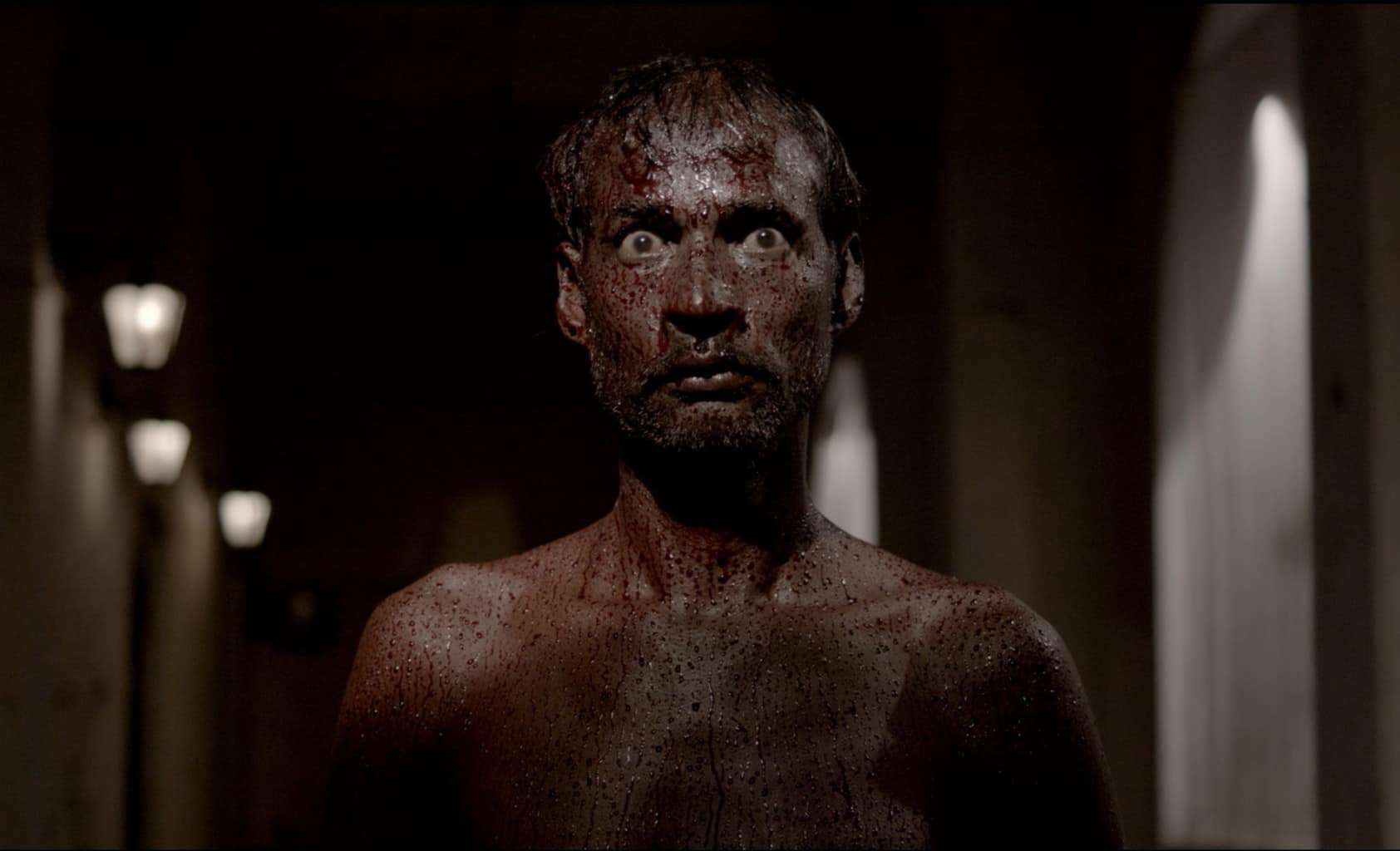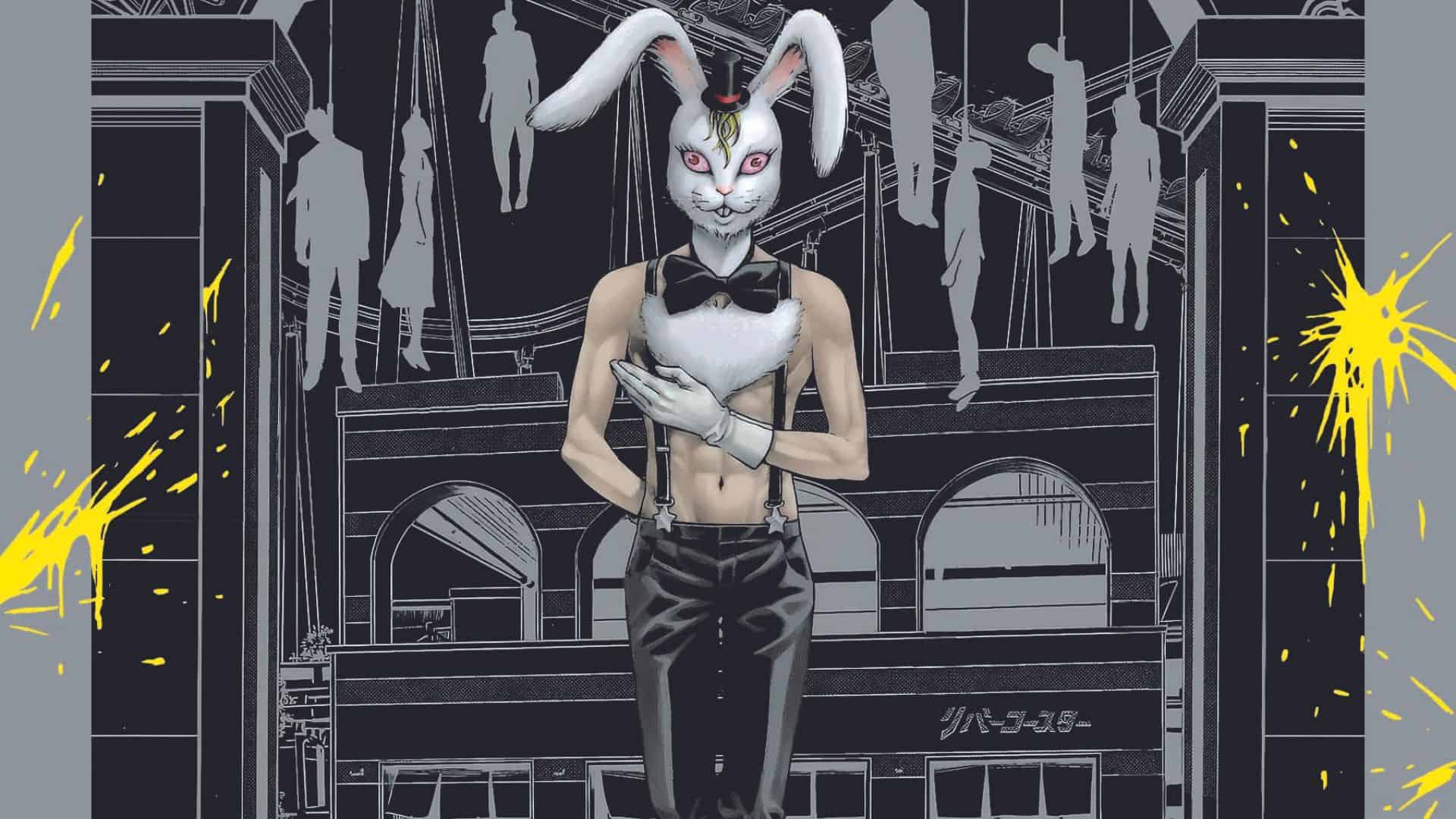by Jovina Chong
Singapore – a tiny yet renowned nation with a reputable education system that ranks top five in the world. However, under the recognition and glory lie the repression of youths’ experiences by the towering political and societal expectations. Achieving good results becomes the yardstick of success, and children’s passivity to their parents and societal demands becomes a norm. Amidst the oppressive air, it doesn’t come as a surprise for groups to fall through the cracks. Focalised on this subjugated faction of Singaporean society, “15: The Movie”, directed by Royston Tan, illustrates how they spend their days away idling and hanging out with their friends instead of adhering to the institution of academia.
Tan casts real-life accounts of Chinese delinquents Shaun (Shaun Tan), Vynn (Vynn Chen), Erick (Erick Chun) and Melvin (Melvin Lee). They stick out a mile in comparison to the rest of the cast, to draw out the obvious differences between them and the rest of the Singaporean community. Condemned by society for the way they look and speak, Tan’s film culminates in the destruction of pure optimism that youths experience due to the circumstances of living in cynical Singapore.
First released in 2003, the film was originally banned in Singapore due to its saturated usage of Hokkien profanities, gang chants, and exposure to secret common areas frequented by gangs. Media censorship is a key component that proliferates the hyper-conscious attribute that (the Singaporean) society subjects to, for the maintenance of order. However, despite these censors, “15: The Movie” still made it to international film festivals, winning awards in Singapore and even in the global scene like Sundance Film Festival and London Film Festival. The organic touch that Tan includes in his film exposes the global scene to raw and unedited lives of those that have been filtered out, lending voices to those who would otherwise have been obliterated from the national narrative.
The director’s personal works have been influenced by “15: The Movie” as well. When the film was originally submitted, Media Development Authority (MDA) restricted Royston from his full representation of “15: The Movie”. Cutting out 27 shots, he made the film “Cut” as a satirical piece to poke fun at Singapore’s censorship.
Although some portraits in the film are slightly gruesome, Tan incorporates a sense of simplicity and happiness through the light hues of colour by the playground scene. Seated in the merry-go-round, the boys’ discussion entails how they envision their future to be. Seeking hope in an unorthodox manner is perhaps one way to encapsulate their interaction.
Only aged 15, they stoop to grisly ways of life and economy. Vignettes of Shaun still dressed in his uniform, stuffing drug-filled condoms up his mouth overflows with feelings of disgust and even makes me want to gag. Tan’s use of close-up shots on Shaun’s face repulses us from an experience as we are prying into uncharted territories. A private space has been invaded, where we, the trespassers now feel bad for watching.
You can’t help but feel sympathy for these boys. Divergent from the Singaporean stereotype, they self-inflict tattoos and piercings on their bodies, each piece looking fiercer and fiercer, as if trying to make up for something. They spend their time ditching school, roaming around, getting into violent encounters with the public. Each of them share a mutual detest towards the rigid Singaporean structure, each taking their pick to act out on society. The long shots of the boys hanging by the streets pestering passersby reflect the perception of their presence as a disturbance and pest to society. Further, the prominent juxtaposition of idleness as opposed to the constant movement of people walking by underscores their impaired social mobility While the rest of Singapore continues to prosper and rise in life, these minority groups cease to stagnate.
Society fails to accept their ways of life, even if it seems to work. You get a sense of their alienation when everyone around them ends up casting them aside. Shaun’s dad, for example, disowns his son’s behaviour, resorting to abuse when he chastises Shaun for taking the path of a gangster. The boys get undignified glares from strangers when a lady refers to them as “Monkeys”. Identified as objects, even their language used is different. In an English-speaking country, they communicate in mandarin with the expressive inclusion of a dialect, Hokkien.
It is likely clear the “15: The Movie” is not a traditional film. It is mixed-media, blended with animations and live videos. Royston Tan’s cinematography style includes MTV-like visuals, child-like animations and comic-looking visuals. The sudden performative element to the film — a rap music video, seems oddly apt. Its rhythmic beats and catchy chants create a vestigial articulation that suddenly retains its nostalgic culture. He even plays with the notion of death, sarcastically lighting up the mood. It exudes a sense of playful childishness in the thick of rejection. He includes video game excerpts of the boys playfully playing against each other as they are caught in a bubble of youth. Despite the heavy parts of the movie, we are forced to understand their circumstances: they are, after all, still kids.
His techniques are frequently comical and amusing, but the stresses of living in Singapore seem overwhelming with notions of death and pain as vital points in the film. “15: The Movie” digs a passageway into the lives of minorities and the sad realities that gangsters live in. Shifting perspective, Royston Tan seeks to heighten the voice that is shunned by society, the areas that are demarcated as uncultured. His film speaks intrinsically of the ironic mentality that Singaporeans adapt to, proclaiming diversity while acting with animosity. A country that is framed picture-perfectly allows for the estrangement of many.
The movie definitely tugs at heart-wrenching emotions, as we discern empathy for society’s margins when witnessing their downward trajectory in life. Its stylistic mood of fear and intimidation serves as a wake-up call to the audience. Only teenagers, the boys seek a place of belonging within Singapore’s rigidly stratified system. The cynical presentation pushes to question: till when, will the repressive system put a stop to the pressures confining society?



